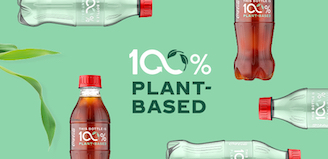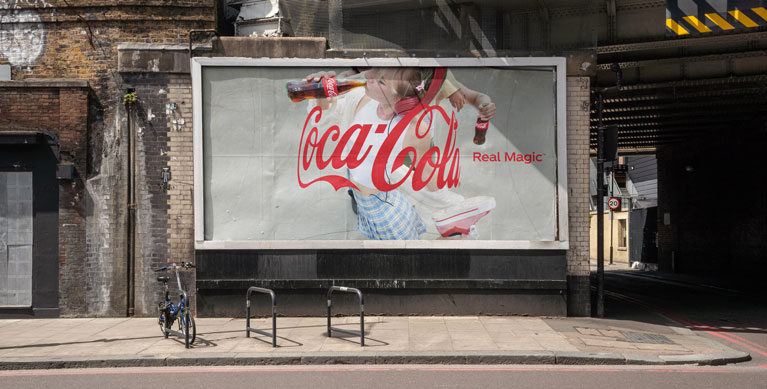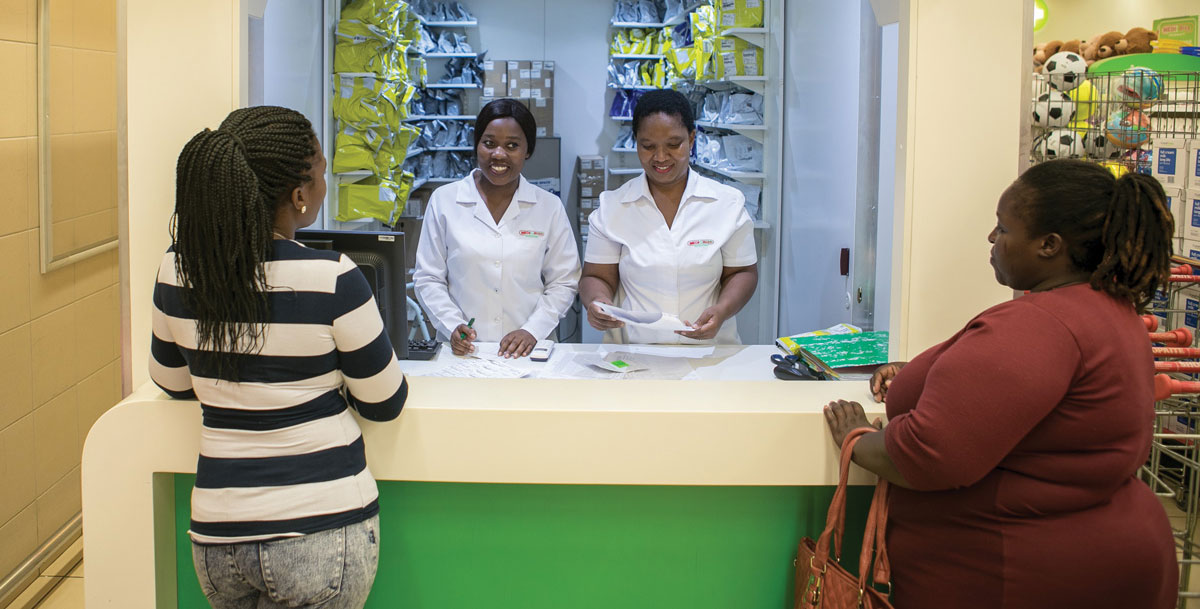
The Many Lives of Plastic Packaging: Inside the Business of Bottle Recycling
The Many Lives of Plastic Packaging
03-07-2019
The Foss Performance Materials showroom is packed with rug samples, tote bags, vehicle sun visors, stuffed animals, Christmas tree skirts and more.
But Dave Rowell, executive VP of sales, looks at off these items that and simply says: “That’s a Coke bottle.”
Once recycled, the plastic packages become shoes, carpet, upholstery, kitchenware and even more beverage bottles.
Rowell has been with Foss Performance Materials in Hampton, N.H. for more than 40 years. His father was the company’s first employee. Together, Rowell and Foss Performance Materials craft recycled textiles that are part of the vibrant economy that has emerged around plastics recycling.
The Lucrative Lifecycle of a Bottle
Because the plastic in bottles can be converted into so many consumer products, recycled materials are highly sought after.
For Coca‑Cola packages recycled throughout much of New England, Coke’s regional bottler – Coca‑Cola Northern New England (CCNNE) – sees to it that they have another life.
CCNNE sells recycled bottles to companies such as the Albany, N.Y.-based-UltrePET, which cleans the post-consumer packaging, separating bottles from caps and converting both into plastic shards known as flake. Their 80-plus employees process an estimated 80 million pounds of recycled content every year – the weight equivalent of 8,000 elephants.

From there, broken-down caps then make their way to companies like Aaron Industries in nearby Leominster, Mass., where the plastic resins are further refined and colored to meet production requirements. This enables companies, like the family-owned and operated LaManna, to use the plastic pellets as the moldable material for kitchenware and gardening labels, among other things.

Bottle-based flake from UltrePET also makes its way back into consumer goods. Companies like EasyPak transform it into food-grade, clamshell containers for produce at grocery stores. Foss Performance Materials converts these bottle-remains into a variety of textiles.

Rowell estimates that if every bottle in New Hampshire were recycled, Foss would have enough local raw product to support its manufacturing operations. With current recycling rates, however, only 65% of their source materials are domestic.
Now, The Coca‑Cola Company and its bottlers are on a mission to ensure more plastics make it into a recycling system.
Envisioning a World Without Waste
These efforts align with the company’s “World Without Waste” vision to collect and recycle the equivalent of every bottle or can that it sells globally by 2030.
Coca‑Cola’s system of bottlers is central to achieving this goal. Indeed, CCNNE is not the only Coca‑Cola bottler helping to move recycled plastics through the production system. Last year, Coca‑Cola UNITED, based in Birmingham, Ala., removed more than 400 tons of litter from roadsides and waterways and used the recycled plastics material to create apparel.
Meanwhile in Texas, Coca‑Cola Beverages Southwest encouraged consumers to recycle more than 2,300 pounds of cans and plastic bottles over the course of a weekend of state-wide sporting events. And this past year, Coca‑Cola Beverages Florida participated in beach cleanups, collecting plastic waste that ultimately became the recycled material used in their future bottles.
As Ray Dube, CCNNE’s sustainability manager says, “We all live on this planet; we have to take care of it. And recycling is way we can do that.”




